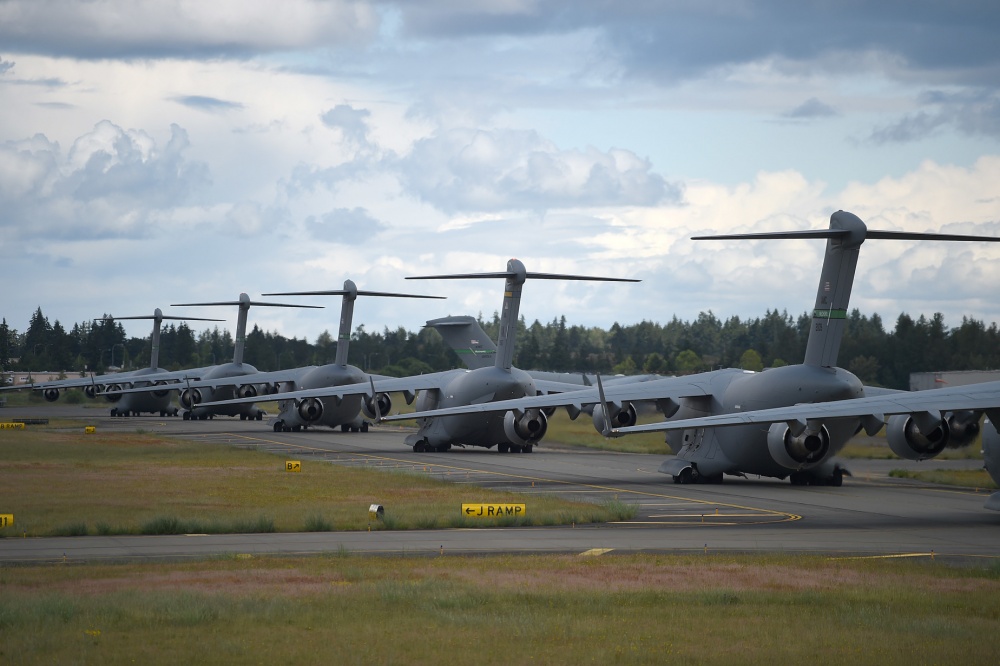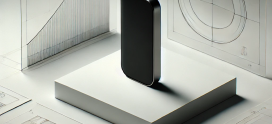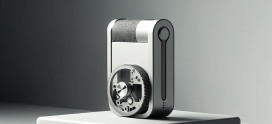
US Air Force Uses Senvol Software To Develop Multi Laser 3d Printing Applications
The US Air Force is using Senvol’s data-driven machine learning software for additive manufacturing (AM), to enable the production of large-scale aerospace parts using multi-laser 3D printing technology. Utilizing an EOS powder bed fusion (LPBF) 3D printer, the program is focused on developing baseline mechanical properties and design allowables, to optimize the production of end-use components.
“AM has recently demonstrated the ability to rapidly deliver complex geometries and production-quality parts that are able to enhance the capabilities of the Department of Defense (DoD) weapons systems. In this collaborative program we are developing and demonstrating a methodology to use a new multi-laser AM printer to produce airworthy end-use parts,” said Jessica Orr, Program Manager and Materials Engineering Team Leader for AM & Repair Technologies at the University of Dayton Research Institute (UDRI).

The US Air Force is using Senvol’s AM software to optimize the settings of EOS 3D printers for producing aerospace parts. Image via Mikayla Heineck, US Air Force.
Senvol in the 3D printing industry
Based in New York, Senvol is a software company that provides data to help businesses implement AM in their design and production processes. The software company’s data products are used by a variety of Fortune 500 businesses and government agencies, in the aerospace, oil and gas, consumer products, and automotive industries.
In addition to introducing companies to the benefits of 3D printing, Senvol is a member of both America Makes, and the ASTM International F42 Committee. The company has a strong partnership with both organizations, and collaborated with them to create learning tool exercises for additive manufacturing machine and material selection in 2017.
Senvol is known for its free 3D printing database which it set up in 2015, that allows users to navigate a comprehensive list of commercially available industrial 3D printers and AM materials. The resource is updated by thousands of users, which enables it to constantly remain up to date. Senvol’s ML software on the other hand, allows customers to quickly identify the optimal processing parameters of a specific 3D printer. Using its machine learning capabilities, the package is able to ‘learn’ from previous data sets and reduce the current trial and error process, which can be costly and time consuming.
In recent years, the data company has entered into a series of collaborations and agreements in order to extend the reach of its services, including deals with military applications. In September 2017 for example, The Oak Ridge National Laboratory (ORNL) signed a two-year research agreement with the database firm, to evaluate the best processes for data collection, and apply it to quality assessment of 3D printer feedstock materials. This was followed by a deal with The U.S. Navy’s Office of Naval Research (ONR) in March 2018, to create a data-driven machine learning computer program for 3D printed parts.
Senvol later joined the National Armaments Consortium (NAC) in July 2018, with the intention of playing a role in the “rapid innovation” of U.S. military equipment. Moving forwards, the company is seeking to further these military ties, and use its software package to optimize EOS 3D printers, so they can be used to produce parts for the US Air Force.

If testing is successful, EOS M400-4 quad laser 3D printers will be used to create end-use parts for the US Air Force. Image via EOS.
Using Senvol ML to develop multi-laser 3D printing
According to the Air Force researchers, the total number of available large scale printers for mass manufacturing is likely to remain limited for the next 5-10 years. This could pose a major challenge to the DoD’s use of 3D printing technology in producing end-use parts for the US Armed Forces. As a result, the ‘FlexSpecs’ program can be seen as the Air Force’s response to this problem, aiming to optimize EOS 3D printers for the creation of large-scale aerospace components.
The collaborative project is being conducted by research teams from The University of Dayton Research Institute (UDRI), Air Force Research Laboratory (AFRL) and Air Force Life Cycle Management Center (AFLCMC). Senvol’s ML software is being deployed by the researchers in order to help develop a plan for process optimization and characterization when using EOS 3D printing, and to analyze all the project’s data.
Utilizing the information collected during testing, the software will evaluate laser-to-laser consistency, optimize bulk scan settings, identify preferred overlap patterns and parameters, and confirm uniformity over the entire build plate. “We’re thrilled to work with UDRI, AFRL, and AFLCMC on this program,” said Senvol President Annie Wang. “Our machine learning software, Senvol ML, is well-suited to assist with AM qualification, and this is a great example of that.”
If the 3D printers successfully pass initial testing, the US Air Force will employ EOS M400-4 quad laser systems to construct demonstration builds of heat exchangers and hypersonics-relevant components. “The overall objective of this program is to successfully demonstrate full scale M400, multi-laser prints of heat exchangers as well as hypersonics-relevant parts,“ said Dr. Mark Benedict, Materials Scientist and Program Manager at AFRL. “This is an area of need for the Air Force, and we look forward to the results.”
The US AFRL and additive manufacturing
The AFRL has entered into numerous partnerships in recent years, in order to develop 3D printing technologies with potential military applications.
In August 2019 for instance, it collaborated with Boeing and Indiana-based machinery manufacturer Thermwood, to produce low-cost responsive tooling using additive manufacturing. The partners leveraged Thermwood’s Large Scale Additive Manufacturing (LSAM) machine to 3D print autoclave tools for aerospace components.
Working with researchers from The University of Arkansas, University of Miami, Louisiana Tech University and University of Texas at El Paso the AFRL co-developed 3D printable epoxy/carbon fiber composites in March 2019. The materials were designed to be used in the production of 3D printed structural parts on-air and spacecraft.
The AFRL awarded $8.2 million in funding to California-based JASR Systems in March 2019. The grant was used to develop chip-sized optical phased arrays and LiDAR scanning systems.
Featured image shows US military aircraft preparing to take part in a joint-training exercise at Joint Base Elmendorf-Richardson. Image via Mikayla Heineck, US Air Force.











